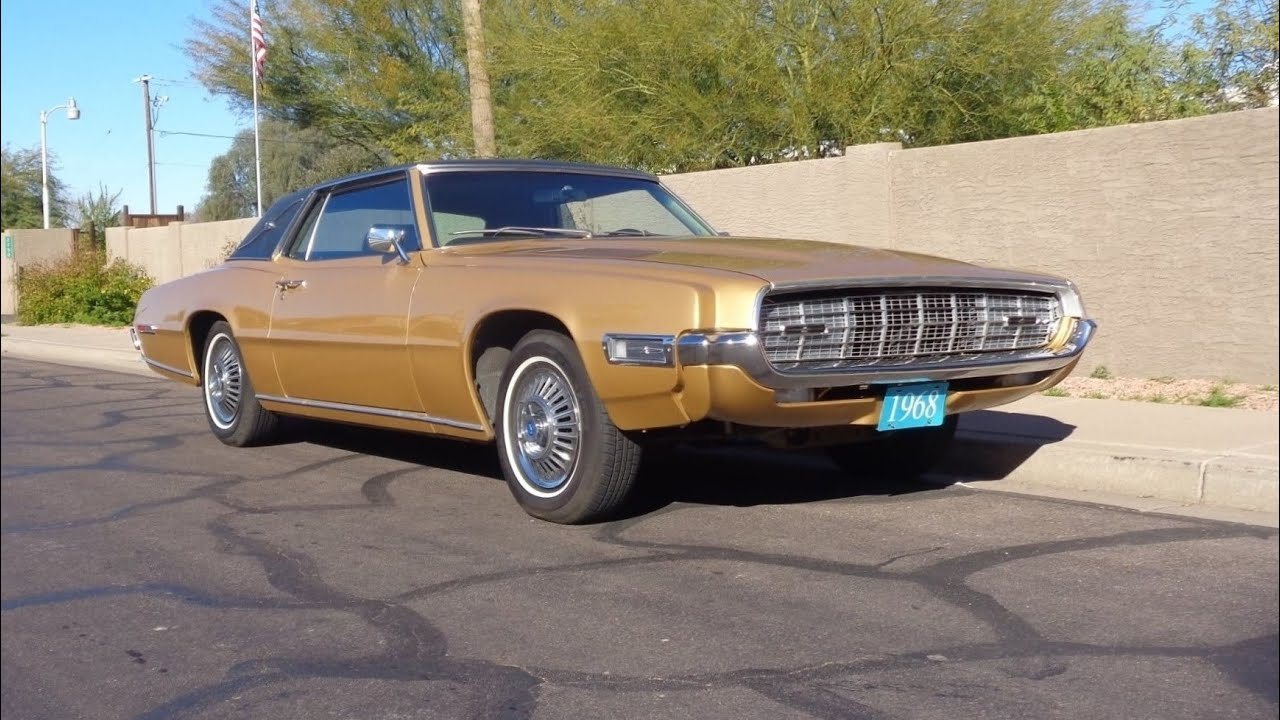The Ford Mustang holds a special place in automotive history, standing out as an iconic symbol of the Ford brand. Despite Ford’s rich heritage, including notable achievements like the Model T and Model A, the Mustang remains a shining star in its lineup.
However, its success hasn’t come without implications for other models within the Ford family. One such example is the Thunderbird, which faced challenges following the introduction of the Mustang in the mid-sixties.
As a two-door, two-seater platform, the Thunderbird saw a decline in its market share as the Mustang gained popularity among consumers. In response, Ford redesigned the Thunderbird in 1967 to differentiate it from the Mustang’s top-tier variants.

The Thunderbird’s evolution reflects Ford’s strategic approach to marketing and product development. From its inception in 1955 as a two-seater to its transformation into a four-door luxury model, the Thunderbird adapted to shifting consumer preferences and market dynamics.
One defining feature of the Thunderbird was its powerful engine options, including the 429 big-inch V8 introduced in the 1968 model. Enthusiasts praised the Thunderbird for its performance and reliability, cementing its status as a classic American car.
Kelly Castle, a Thunderbird enthusiast, exemplifies the enduring appeal of the model, owning multiple iterations and restoring them to factory specifications. His passion for Thunderbirds underscores their significance in automotive history and their continued relevance among collectors and enthusiasts.

